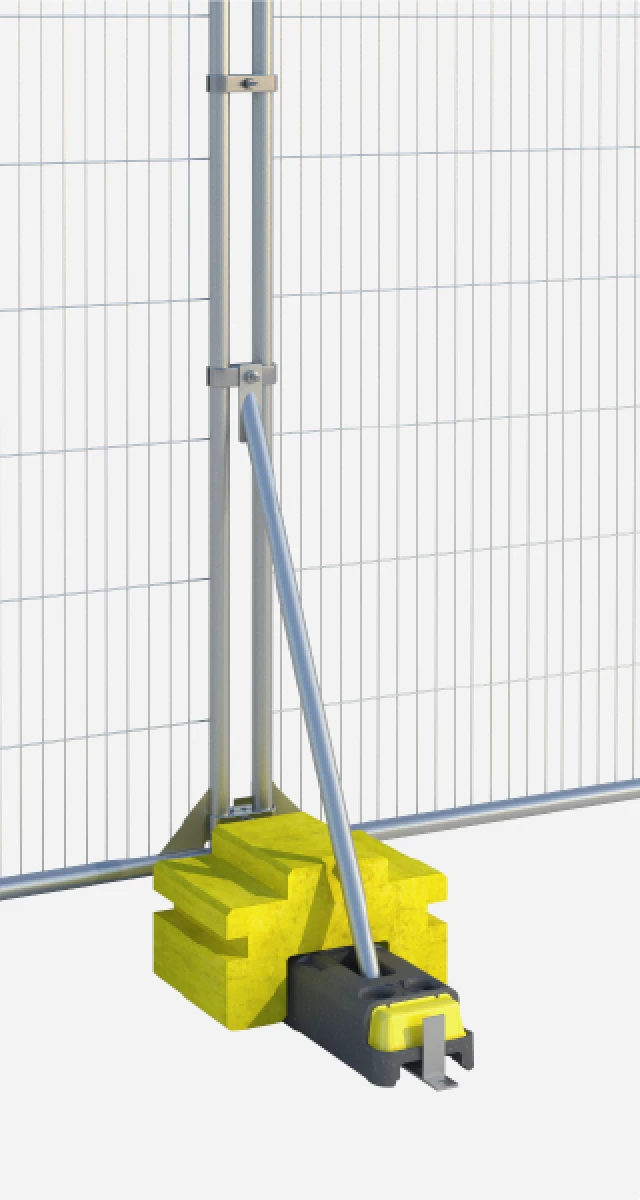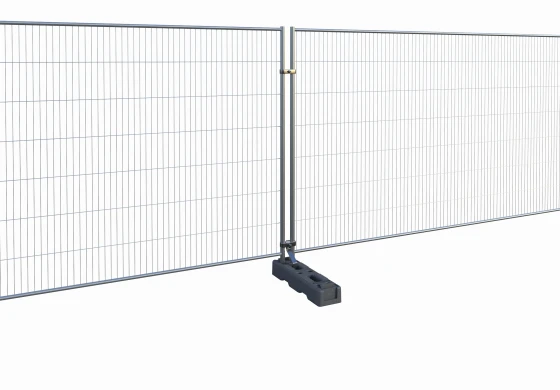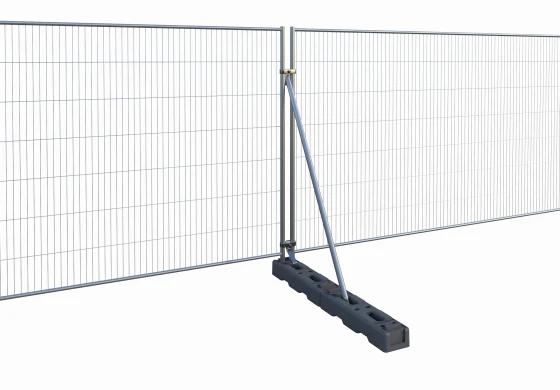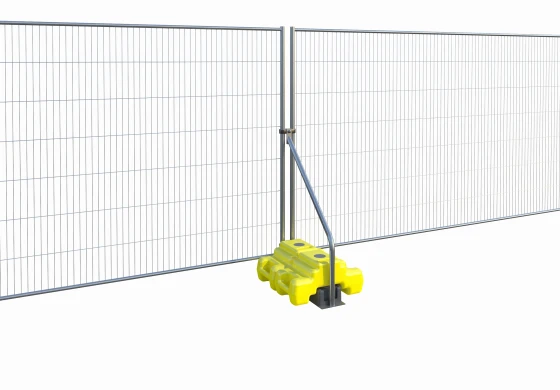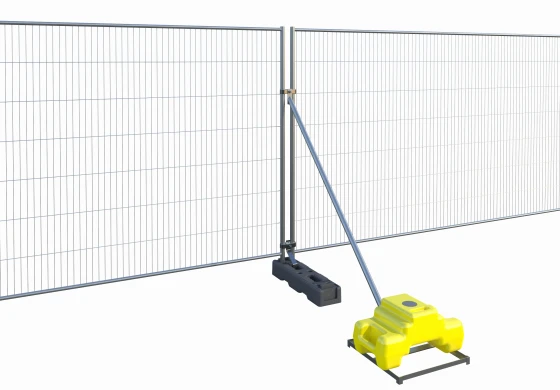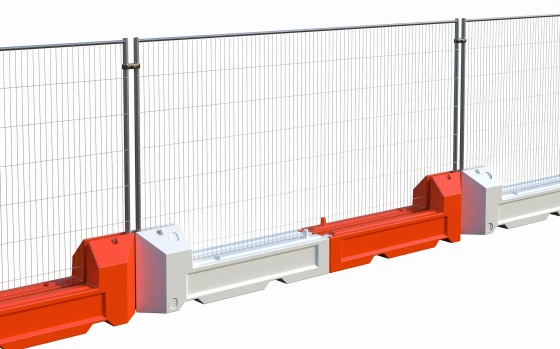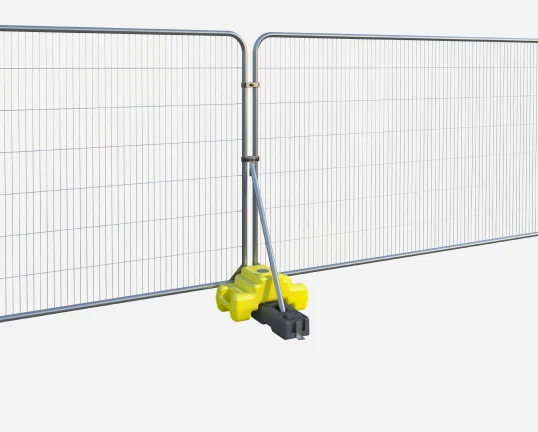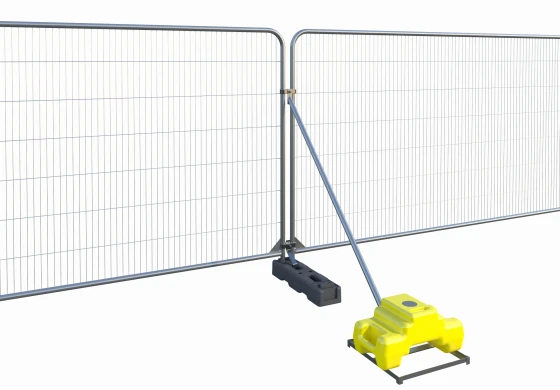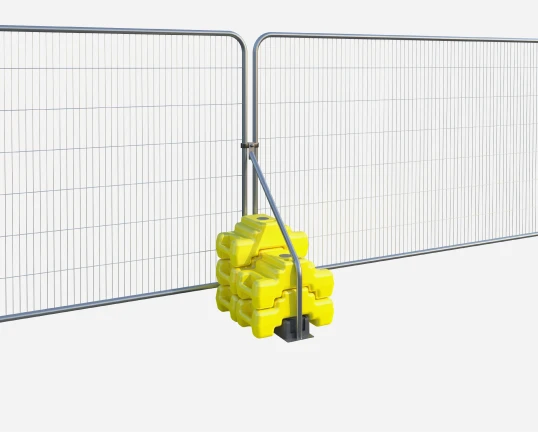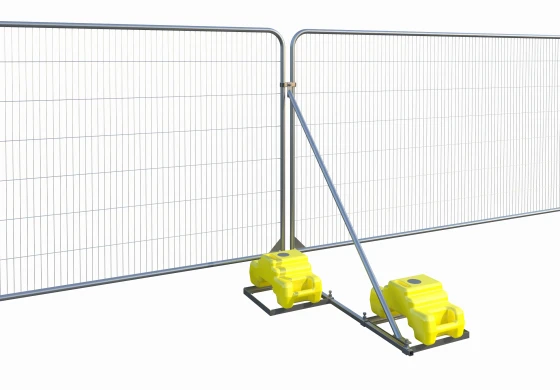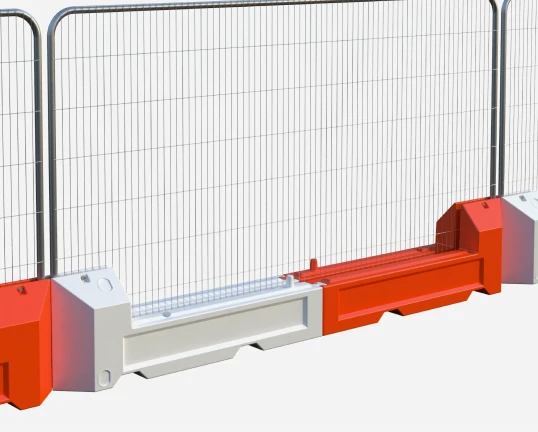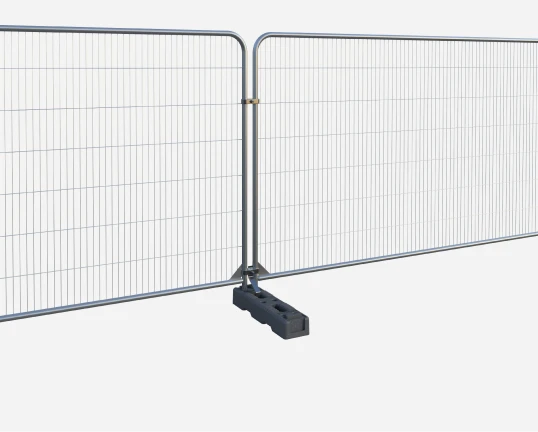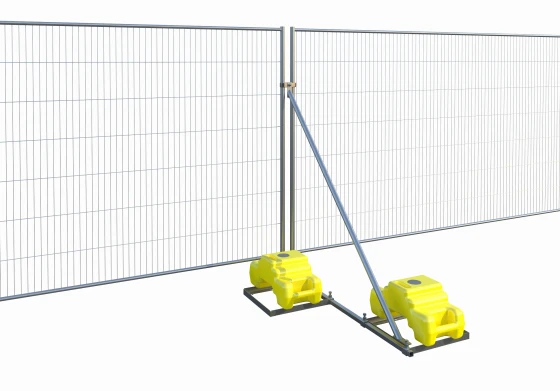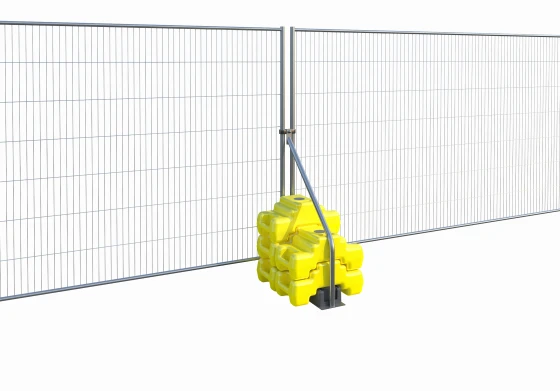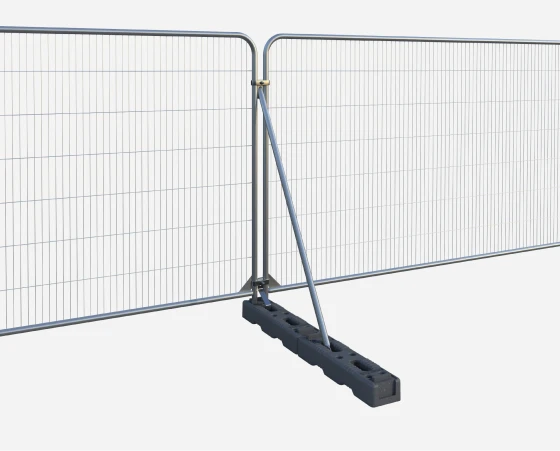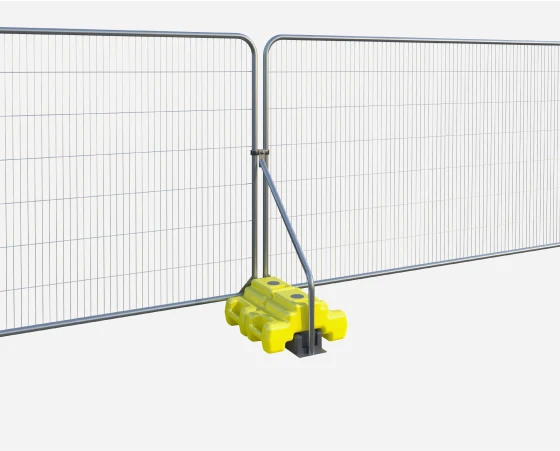What stability do you need?
So you've got an idea of what fence panel you need and you're looking to get the best stability for your site or project to ensure safety and security.
There are 2 main considerations to make when choosing stability:
Wind speed
Footprint available on-site
From this position, additional considerations are made like ground conditions (incline, flat or decline) & location.
All of our stability options detailed on the Stability Solutions products page are the most popular on-ground solutions but we have other systems available for both on & in-ground so please get in touch with your local branch for more details or e-mail [email protected].
Wind Speed: The best way to find the wind speed for your site is to use our new and freely available Wind Speed Calculator. With this software, you can identify your wind speed and are provided with the most suitable stability solution based on the average wind speed data received.







